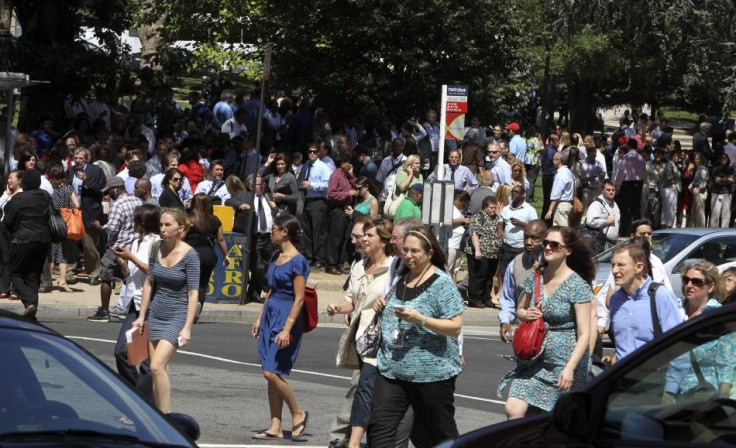Earthquake in Virginia: Aftershocks 'Could Go on For Days'

A 5.8-magnitude earthquake that rocked the eastern seaboard Tuesday could produce repeated aftershocks in all affected areas.
The quake hit at 1:51 p.m. It had a depth of nearly four miles and its epicenter was in Mineral, Va.
A magnitude 2.8 aftershock occured at about 2:45 p.m., about 45 miles south of Mineral.
Mike Blanpied of the U.S. Geological Survey told The Washington Post that we should expect more aftershocks and that they could reach magnitudes of 5 on the Richter scale.
Aftershocks could go on for days, weeks, or even months. They're most likely to be felt under the next three or four days, Blandpied said.
Although most Americans associate earthquakes with the West Coast, this is not Virginia's first earthquake, and the state is not an unexpected location for an earthquake, John Ebel, director of the Boston College Weston Observatory, told The Boston Globe.
A 5.9-magnitude earthquake shook Giles County, Va., in 1897, and a 4.3-magnitude earthquake hit the state eight years ago, the Boston Globe reported.
Tuesday's earthquake was felt in New York City, Boston, upstate New York, Cleveland, Charlotte, N.C., and even Martha's Vineyard.
The rocks are old and cold and they carry the seismic energy very far, Blanpeid told the Washington Post in explanation of the widespread effects. Even a magnitude 6 or less earthquake can be felt over a considerably large area, unlike California where the shaking is more concentrated.
So far, there have been no reports of serious injuries or death, and there has been only minor structural damage in the affected areas.
© Copyright IBTimes 2024. All rights reserved.












